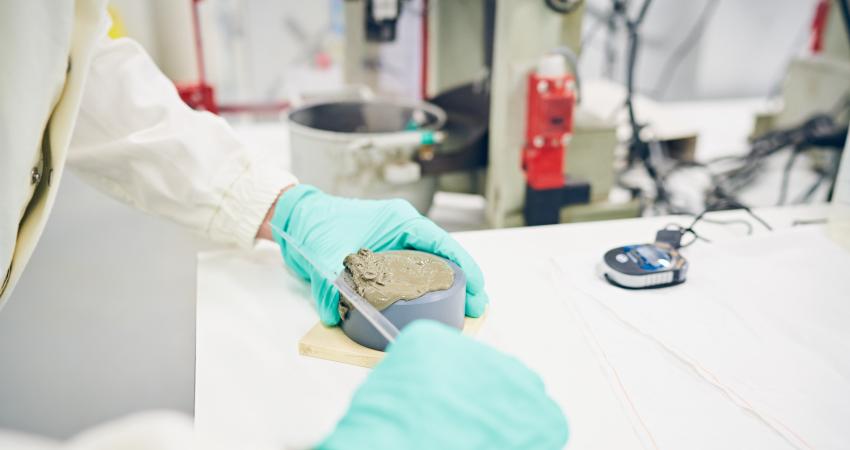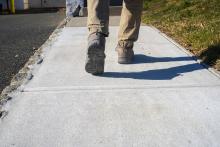The two companies have been working together since 2013 to develop the technology that they claim reduces the environmental footprint of pre-cast concrete.
LafargeHolcim and US start-up Solidia are supplying EP Henry’s Wrightstown, New Jersey paver and block plant with the new reduced CO2 cement.
Solidia has developed a new binder made from raw materials similar to those in Portland cement and produced in a traditional rotary kiln. The company says that its trademarked Solidia Cement is produced at lower temperatures and through a different chemical reaction that generates less CO2. Used afterwards in the manufacture of precast concrete, Solidia Cement hardens through the addition and absorption of CO2 (carbonation) in a patented curing process that is claimed to reduce the overall carbon footprint by up to 70%.
Produced at traditional precast concrete manufacturing facilities, Solidia Concrete is claimed to reach strength in less than 24 hours, compared to 28 days for precast concrete made using Portland cement. The company says this offers considerable energy savings and cost reductions to precast concrete manufacturers. Solidia Cement was first produced at the Lafarge Whitehall cement plant in Pennsylvania in 2014 and has since expanded production with additional runs at Whitehall and at its Pecs, Hungary plant.
The first commercial offerings were launched earlier this year, and the two partners say they have demonstrated improved aesthetics and product durability.
“LafargeHolcim has long been committed to bringing innovative solutions to market, and this commercial agreement with EP Henry is an important step in showing that reducing our CO2 footprint through carbon captured products is feasible,” said Jamie Gentoso, CEO, US cement, LafargeHolcim.
“By offering their technical expertise and market intelligence, LafargeHolcim helped us eliminate barriers to adoption, leading us to this first commercial traction in the US,” said Solidia president and CEO Tom Schuler, “to expand our range of offerings, making sustainability business as usual across the global US$1 trillion concrete and US$300bn cement markets.”






